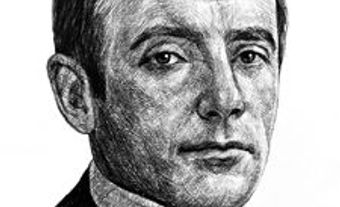
During WWII he designed aiming systems for artillery and naval antisubmarine mortars and in his seventies he was chief consultant on gear design for the Canadarm. In 1951 he invented the STEM (Storable Tubular Extendible Member), a radio antenna that can be retracted into a flat reel and rolled out again on command. First used in space by the Alouette 1 satellite of 1962, the STEM increased the maximum size of satellite antennas from 6 metres to 45 metres, and was subsequently adopted as standard space technology.
In 1944-45 Klein headed the team that designed the Zero Energy Experimental Pile, the first atomic reactor outside the US. His other inventions ranged from a wheelchair for quadriplegics to a microsurgical staple gun used to suture blood vessels.

 Share on Facebook
Share on Facebook Share on X
Share on X Share by Email
Share by Email Share on Google Classroom
Share on Google Classroom


